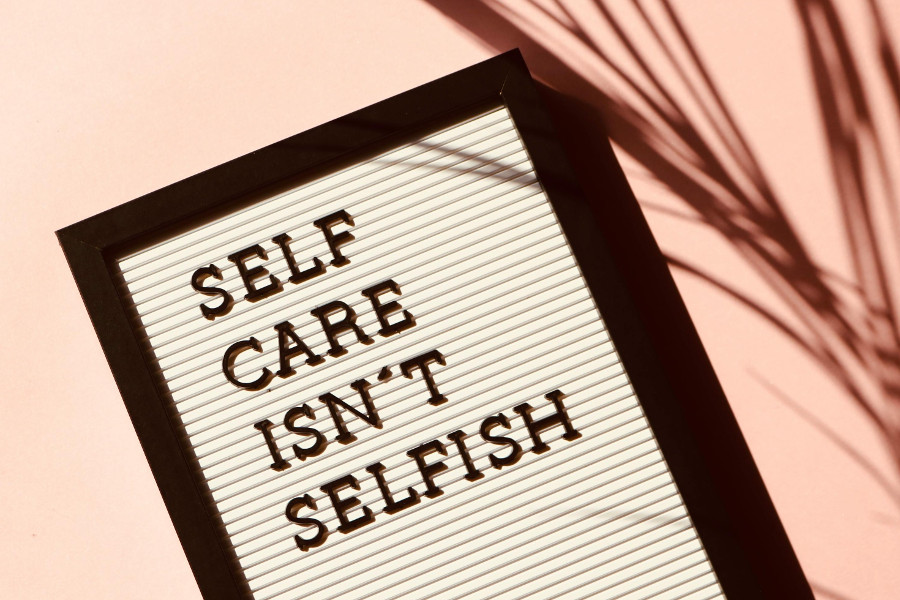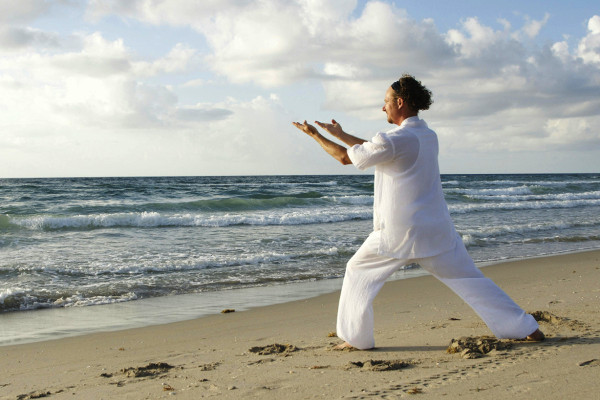10 Mindfulness Exercises to Calm Your Mind and Reconnect with Your Inner Self
Mindfulness is basically a way to slow down, connect with yourself, and find calm in the middle of a busy life. It’s about being present, truly present, with whatever you’re doing, no matter how simple or complex. In today’s fast-paced world, we’re constantly rushing, checking our phones, running from one task to the next. It's easy to get overwhelmed by the noise - both in our heads and the world around us. But here’s the thing: if you’re feeling stressed, disconnected, or just worn out from the chaos, mindfulness is the perfect way to reset and tune back in to what really matters.

We’re living in an era where we’re more connected than ever digitally, but somehow we feel more isolated. Between constant emails, social media updates, and never-ending to-do lists, it’s no wonder mental health issues like anxiety and depression are on the rise. It’s easy to lose yourself in the whirlwind of modern living. But what if there was a simple way to reclaim your peace of mind? A way to be more in tune with yourself and the world around you, without needing a vacation or a complete life overhaul?
Enter mindfulness. There are so many ways to practice mindfulness, from breathing exercises to meditation, body scans to mindful walking. Each one is a tool for helping you become more aware of the present moment. And no, you don’t need to become a monk or meditate for hours on end. Mindfulness is all about making small shifts in your everyday life that bring you back to the present and out of autopilot mode.
Here are 10 powerful mindfulness exercises that can help you regain your sense of balance and peace, no matter how busy your schedule may be.
1. Mindful Breathing
Mindful breathing is the easiest place to start. It’s about focusing on the simple act of breathing - just noticing the air entering and leaving your body. Sounds easy, right? But if you’ve ever tried it, you know how quickly your mind starts to wander. The trick is bringing your attention back, without judgment. The breath is always with you, so it’s the perfect anchor when life feels like it’s spiraling.
Why it helps: The breath is your lifeline in times of stress. Mindful breathing calms your nervous system, bringing your mind back into balance and helping you find peace when everything around you feels chaotic.
Pro Tip: If your thoughts wander, that’s normal! Just gently return your attention to the breath. Over time, you’ll get better at staying present.
2. Body Scan
A body scan is a way of tuning into your physical sensations and releasing tension. Starting at the top of your head, mentally scan down through your body. Notice any tightness, discomfort, or areas that feel relaxed. As you go, imagine sending your breath to those spots, helping them release any tension.
Why it helps: So much of our stress is held in our bodies. By consciously checking in with how you’re feeling, you can start to notice physical signs of stress and release them before they build up.
Pro Tip: You don’t need to do the full body scan all at once. If you’re short on time, you can just check in with one body part, like your shoulders or your feet.
3. 5-4-3-2-1 Grounding Technique
The 5-4-3-2-1 technique is a quick way to reconnect with your surroundings and break free from mental overwhelm. To do it, engage each of your senses:
- 5 things you can see
- 4 things you can feel
- 3 things you can hear
- 2 things you can smell
- 1 thing you can taste
Why it helps: It’s a simple but powerful way to anchor yourself in the present moment. When you’re feeling stressed or disconnected, grounding exercises like this help you tune back in and slow down your racing thoughts.
Pro Tip: This can be done anywhere - whether you’re sitting in your living room or walking through a busy street. It’s all about taking a moment to truly observe your environment.
4. Loving-Kindness Meditation (Metta)
Loving-kindness meditation is a way of sending good vibes to yourself and others. Start by wishing yourself happiness, health, and peace. Once you’ve filled yourself with love, extend those feelings to others - first your loved ones, then acquaintances, and even people you may have conflicts with.
Why it helps: This practice helps cultivate compassion and emotional resilience. It’s an antidote to negative emotions like anger or resentment, and over time, it can make you more empathetic and connected to others.
Pro Tip: If you’re new to this, try starting with yourself and then slowly expanding the circle of love. It’s a great way to heal and shift your perspective.

5. Mindful Eating
Mindful eating is about truly savoring your food and paying attention to every bite. Forget distractions like TV or smartphones. Instead, focus on the colors, textures, and flavors of your food. Take your time and really notice what you’re eating.
Why it helps: We often eat mindlessly, leading to overeating or unhealthy food choices. Mindful eating encourages a better relationship with food, helping you eat more slowly, enjoy your meals, and recognize when you’re full.
Pro Tip: Try doing this with just one meal a day, like your morning coffee or a lunch break. It’s amazing how much more enjoyable food becomes when you’re present with it.
6. Mindful Walking
Mindful walking is as simple as it sounds - taking a walk, but with full awareness. Focus on each step, noticing how your feet feel as they touch the ground, the movement of your body, and the rhythm of your stride. It’s an easy way to bring mindfulness into your day.
Why it helps: Walking is a great way to combine physical movement with mindfulness. It helps clear your mind and reduce stress while also giving your body a chance to stretch and release tension.
Pro Tip: Take a walk outdoors for the full experience. Nature has a calming effect on the mind, and when paired with mindful walking, it can help ground you even more.
7. Savoring
Savoring is the art of fully immersing yourself in a positive experience. Whether it’s enjoying a cup of tea, watching a sunset, or petting your dog, savor the moment by noticing the sensory details - what you see, hear, and feel.
Why it helps: Savoring helps you appreciate the little moments that bring joy. It’s a simple practice that encourages gratitude and mindfulness, helping you stay present and enjoy life more fully.
Pro Tip: Try savoring one small moment each day. It could be as simple as the first sip of your morning drink or the warmth of sunlight on your face.
8. Mindful Listening
Mindful listening is all about giving your full attention to what you’re hearing - whether it's a conversation with someone, music, or even the sounds of nature. Listen deeply, without judgment or thinking about how you’ll respond.
Why it helps: Mindful listening strengthens your connection with others and improves communication. It’s a practice that helps you become more present, not just with the world around you, but with the people in it.
Pro Tip: Try mindful listening in conversations. Let go of the impulse to respond immediately and focus on truly hearing the other person.

9. Guided Meditation
Guided meditation is a form of mindfulness where you follow the instructions of an instructor or an app. These sessions often guide you through a series of visualizations or relaxation techniques to help you achieve calm.
Why it helps: Guided meditations are perfect for beginners or anyone who finds it hard to focus. They give you structure and support, making it easier to meditate.
Pro Tip: Find a guided meditation that resonates with you - whether it’s for relaxation, stress relief, or self-compassion. There are tons of apps and websites to help you get started.
10. Mindful Journaling
Mindful journaling is the practice of writing down your thoughts and feelings without judgment. It’s a way to release emotions, clear mental clutter, and reflect on your experiences.
Why it helps: Journaling helps you process emotions and gain clarity. It can be a powerful tool for self-reflection and emotional growth.
Pro Tip: Don’t overthink it. Just write down whatever comes to mind. Start with a simple prompt like, “How am I feeling today?” and let the words flow.
Bonus Tip: Mindful Pause
A mindful pause is a simple practice where you stop whatever you’re doing for just a moment, take a deep breath, and check in with yourself. How are you feeling physically, emotionally, and mentally?
Why it helps: It’s a great way to break up your day and reconnect with yourself, no matter how busy you are.
You can learn more about mindfulness and meditation at these online communities: r/Mindfulness and Meditation.



